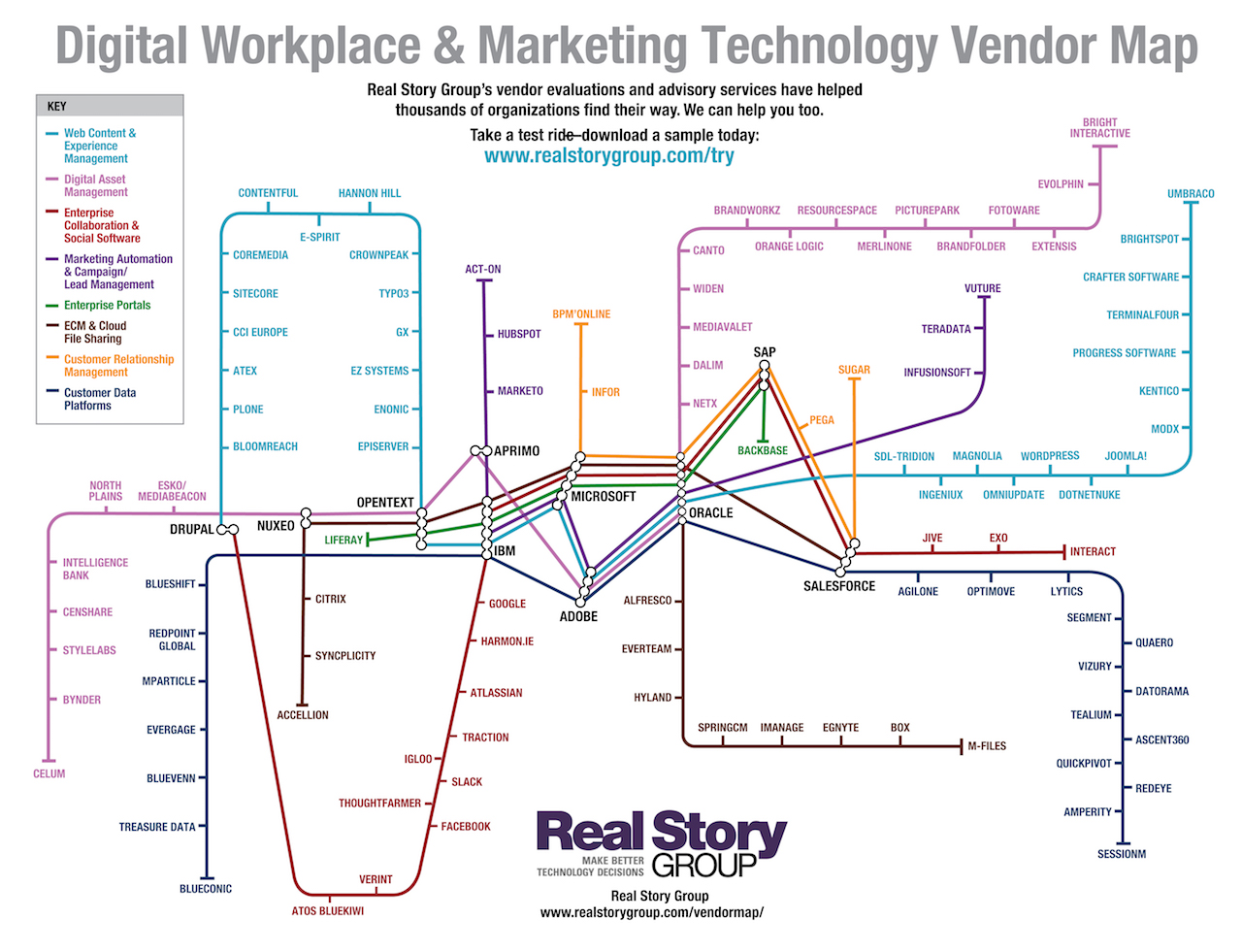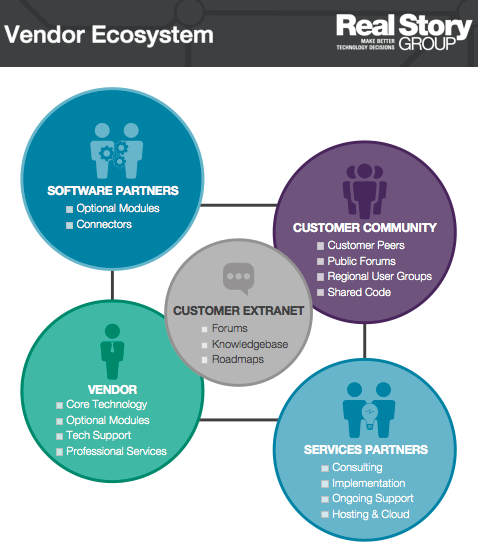Avoid the Enterprise SharePoint Surprise
In conversations with many of our subscribers on their SharePoint and enterprise collaboration efforts, a common theme keeps recurring: that getting SharePoint up and running is just the beginning of a long and sometimes quite expensive journey.
Now, if you're an industry insider or have been following this blog for a long time, that might seem like old news. We were among the first analyst firms to point to Redmond's own calculations of customers spending six-to-nine dollars on professional services for every dollar spent on SharePoint licensing. We've also consistently pointed out the necessity of corollary information and process management in any SharePoint-sized engagement.
Unfortunately, those details often get lost in the push to get SharePoint "stood up." You can understand why. For most enterprises, it takes herculean effort just to obtain...
- Consensus on basing their collaboration services on SharePoint
- Funding to license the platform across growing ranks of knowledge workers (or wherewithal to finally upgrade from MOSS 2007 to the modern version)
- Resources to implement baseline functionality
- Support to combine myriad departmental initiatives into some sort of enterprise whole
- Savvy business analysts to apply the requisite soft skills
- Large-scale education, training, and team-lead support
- And so on...
So you can probably empathize when, at the end of that process the collaboration manager says, "Phew, we made it!"
Except, of course, they have made almost nothing. And here comes the surprise. Colleagues who were expecting finished applications (like ideation communities) respond, "Is that all?" Some of you cleverly budgeted for add-on tools and services. Many of you didn't, and now have to go back, hat in hand, to sponsors. Ouch.
The most important thing to remember is that outside some very basic functionality, SharePoint is a platform. With enough time, money, and painkillers, you can get it to do almost anything. But then you or your integrator fall into the business of software development (and maintenance).
I sympathize with enterprise architects who argue that their burden becomes an almost impossible knot: business units bring intense integration needs, but those same units don't want an integration platform. They want productized solutions. That's a tough knot for sure. But I've seen first hand that it's a knot you can untie with a clear upfront strategy. Not a "SharePoint strategy," but a collaboration and information management strategy. Make sure you craft one, and let us know if we can help.







